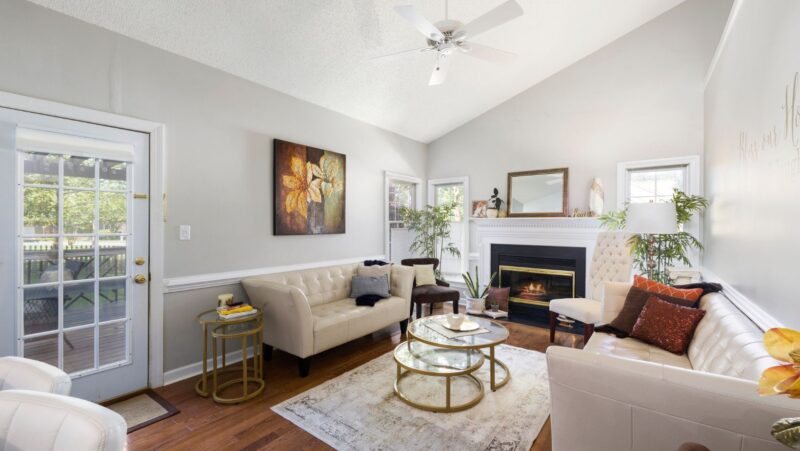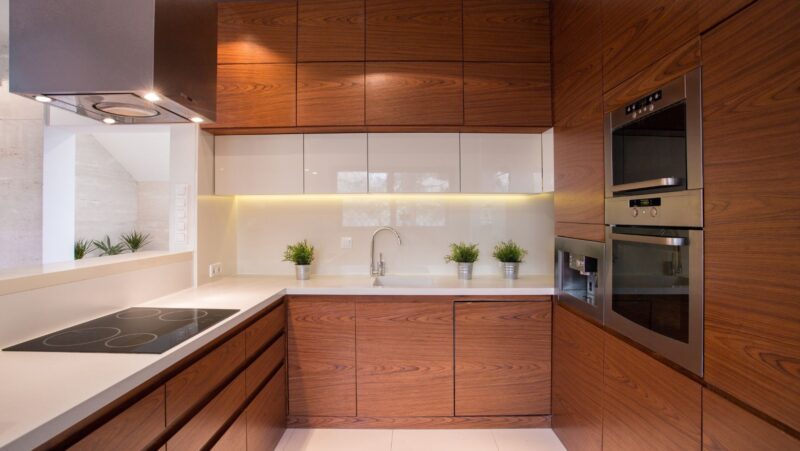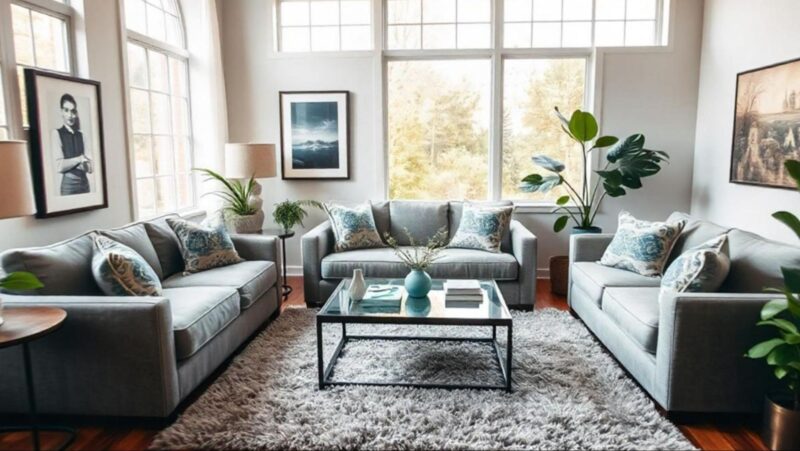
Are you in the process of building your dream home? You’ll no doubt be putting careful thought and consideration into each aspect of its design, a task which can become overwhelming when it comes to the many choices available. But have you considered what kind of roof might be best for your ideal residence? Having an understanding of all the options available before making your decision can help you create a beautiful yet highly functional roof for years to come. In this blog post, we’ll cover how to navigate through different types of roof designs and pick the perfect one for your dream home.
Work With Experts
Working with knowledgeable and experienced experts is an invaluable step in choosing the right roof design for your dream home. They will assist you in understanding the advantages and disadvantages of different roofing materials, from traditional asphalt shingles to eco-friendly metal roofs. The roof specialists at https://resolveroofing.com/ say that professionals will also consider factors such as the local climate, your home’s architectural style, and your budget to recommend the most suitable roof design. Remember, the right choice will not only enhance your home’s aesthetic appeal but also its durability and energy efficiency.
Architectural Style Compatibility
A key aspect to consider when selecting a roof design is its compatibility with the architectural style of your home. Different roof styles can significantly complement and enhance various architectural designs. For instance, gable roofs tend to pair well with traditional American styles such as colonial or cape cod, while flat roofs often suit more modern or minimalist building designs. Hip roofs, with their four equally pitched sides, are versatile and can adapt to almost any style. Meanwhile, a mansard roof, characterized by its double slope on each of its four sides, could be the perfect match for a French-inspired architectural style. Understanding the interplay between architectural style and roof design is crucial in ensuring aesthetic harmony and increasing your property’s curb appeal.
Climate Considerations
It is essential to consider the climate where your home is located. Different roofing materials and designs can perform significantly better in certain climates. For example, steep roofs are ideal for areas with heavy snowfall, as the snow can easily slide off them. Flat roofs, on the other hand, are more suitable for dry and temperate climates, as they can provide additional living space or a place for air conditioning units.
Metal roofs can be excellent for hot climates, as they reflect sunlight and help keep homes cool, but they also stand up well in hurricane-prone areas due to their wind resistance. Clay tile is an excellent choice in both hot and earthquake-prone areas due to its thermal properties and structural stability. Local professionals such as the finest roofers in Chicago, IL, can help you determine what kind of materials will work best for your area’s weather. By considering the climate, you ensure a resilient and lasting roof for your dream home, making it both comfortable and energy efficient.
Budget Planning
Budget planning forms an integral part of the roof design selection process. The broad range of roofing materials and designs comes with varying costs, making it important to balance your aesthetic preferences and climate considerations with your financial constraints. For instance, asphalt shingles, while less durable, are cost-effective and easy to install, making them a popular choice for many homeowners.
On the other end of the spectrum, materials like slate and copper, though high in durability and aesthetic appeal, come with a hefty price tag. It’s also essential to factor in long-term costs such as maintenance, repair, and potential energy savings when planning your budget. Engaging with your roofing professional to understand these costs and their impact on your overall budget can guide you in making an informed decision. Remember, investing wisely in your roof will not only enhance the beauty of your dream home but also contribute to its long-term value.
Durability And Longevity
Understanding the durability and longevity of different roofing materials is pivotal in the decision-making process. Durability refers to the ability of the roof to withstand wear, pressure, or damage, while longevity is about how long your roof is expected to last. Asphalt shingles, for example, can last up to 20 years with proper maintenance, while metal roofing can last 40 to 70 years depending on the quality of the material and installation.
Clay and slate tiles have an even greater lifespan, with some lasting up to 100 years or more. These long-lasting materials often come with a higher upfront cost but can prove to be cost-effective in the long run due to fewer replacements and repairs. On the other hand, wood shingles and shake roofs require more maintenance but can provide a unique aesthetic appeal. It’s essential to assess the durability and lifespan of each material, keeping in mind your local climate and the level of maintenance you’re willing and able to provide.
In conclusion, choosing the perfect roof design for your dream home can be a daunting task, but with careful consideration and guidance from experts, it can also be an exciting opportunity to enhance your home’s beauty and functionality. By keeping in mind architectural style compatibility, climate considerations, budget planning, and durability and longevity of roofing materials, you can make an informed decision that will provide you with a stunning and long-lasting roof for your dream home.














